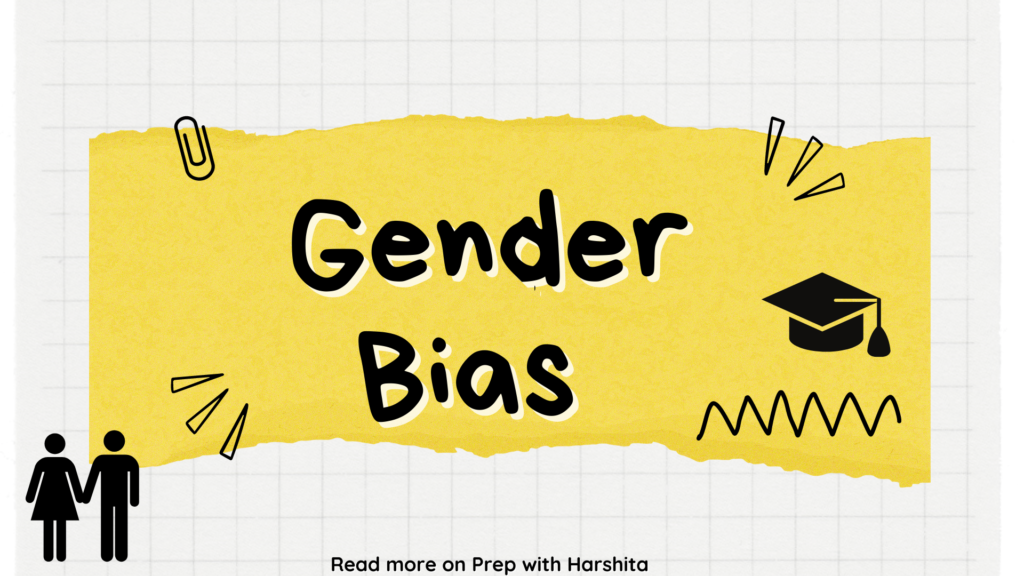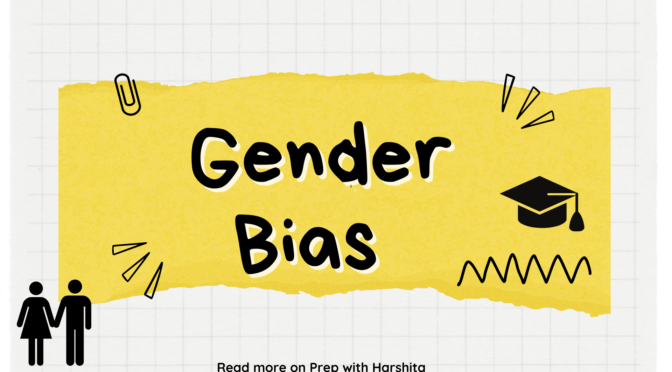Gender bias refers to the tendency or inclination to favor or discriminate against individuals based on their gender. It involves the unequal treatment, opportunities, and expectations imposed on individuals due to their gender, often leading to disadvantages or privileges based solely on this factor.
It can manifest in various forms, including stereotypes, prejudices, unequal access to resources, limited opportunities for advancement, and differential treatment in various aspects of life, such as education, employment, healthcare, and social interactions. It is important to recognize and address gender bias in order to promote equality and create a more inclusive and equitable society.
Gender bias can manifest in various ways across different contexts, such as:
- Stereotyping: Gender stereotypes are preconceived notions about the roles, traits, and behaviors associated with men and women. Stereotypes can limit opportunities and reinforce traditional gender roles, leading to bias in areas like employment, education, and social expectations.
- Occupational bias: Certain professions or industries are traditionally associated with a specific gender. This can result in barriers and discrimination for individuals who do not conform to these expectations. For example, women may face challenges in accessing leadership positions or pursuing careers in science, technology, engineering, and mathematics (STEM) fields due to biases and limited opportunities.
- Wage gap: It often contributes to the gender pay gap, where women are paid less than men for performing the same work or work of equal value. This wage disparity persists across various occupations and industries and is influenced by factors such as occupational segregation, discrimination, and differences in negotiation and promotion opportunities.
- Hiring and promotion bias: It can influence hiring decisions and promotion practices. Biases can lead to preferential treatment towards men, resulting in fewer opportunities for women to advance in their careers. This bias can be overt or implicit, with unconscious biases playing a significant role in decision-making processes.
- Media representation: Media often perpetuates gender bias by portraying stereotypical gender roles and reinforcing harmful norms. Women may be objectified or portrayed as passive, while men are portrayed as dominant or aggressive. Limited representation of diverse gender identities can further marginalize non-binary individuals.
- Educational bias: It can manifest in educational settings, with unequal attention and resources allocated to students based on their gender. This bias can contribute to the underrepresentation of women in STEM fields and limit opportunities for gender minorities in pursuing their academic interests.
- Violence and harassment: It can contribute to the prevalence of gender-based violence and harassment. Women and non-binary individuals may face higher risks of physical, sexual, and psychological abuse due to societal norms and attitudes that perpetuate gender inequality.
Addressing bias, requires efforts at individual, institutional, and societal levels. Promoting awareness, challenging stereotypes, implementing inclusive policies, providing equal opportunities, and encouraging diversity and inclusion are important steps toward achieving gender equality.
Also, Visit: Gender and Sex

Also visit: Prep with Harshita

